The Royal Navy has introduced its new helicopter drone, known as Peregrine, into active operations against suspected drug smuggling in the Indian Ocean and Gulf of Oman, according to a press release.
The uncrewed aircraft is being deployed from the frigate HMS Lancaster, which is on a long-term maritime security mission in the region.
The drone’s flights—conducted by day and night—are designed to bolster the ship’s overall surveillance reach, feeding live radar data and imagery back to Lancaster’s operations room. “Being part of the team that used Peregrine in our counter-narcotics operations was a fascinating experience,” said Warfare Specialist Able Seaman Bradley Morris, as quoted in the press release.
“The clarity of the images we obtained from miles away was impressive and highlighted the advanced capabilities we have at our disposal.”

Measuring just three metres in length and capable of sorties lasting up to five hours, the remotely piloted Peregrine is a Royal Navy-specific version of the Schiebel S-100. Fitted with UK military radar and infra-red/electro-optical cameras, it can fly at speeds of up to 125mph, helping track suspicious vessels across vast stretches of ocean.
Crucially, the drone can operate alongside HMS Lancaster’s crewed Wildcat helicopter, ensuring the manned aircraft can be used for interdictions or other strike missions while Peregrine focuses on surveillance.
Praising Peregrine’s operational debut, Commander Sam Stephens, Lancaster’s Commanding Officer, described it as “a key milestone in the evolution of the Royal Navy’s uncrewed capability.”
He added, “This is just the start, as we continue to unlock the game changing capability with every flight, gaining the advantage over smugglers and adversaries alike.” Lieutenant Commander Rob Guest, who oversees both Peregrine and the Wildcat aboard Lancaster, highlighted “the development and integration of uncrewed air systems” as a “crucial catalyst” for enhancing the frigate’s effectiveness.
In addition to Peregrine’s introduction, HMS Lancaster has recently received a new counter-drone system, considered vital given threats from rebel groups in regional waters.
The Royal Navy also add int he update that the frigate also completed maintenance in Bahrain, upgrading weaponry and sensors, and replacing a diesel generator. These enhancements are designed to keep the 30-year-old Type 23 frigate operationally effective amid ongoing maritime security challenges.


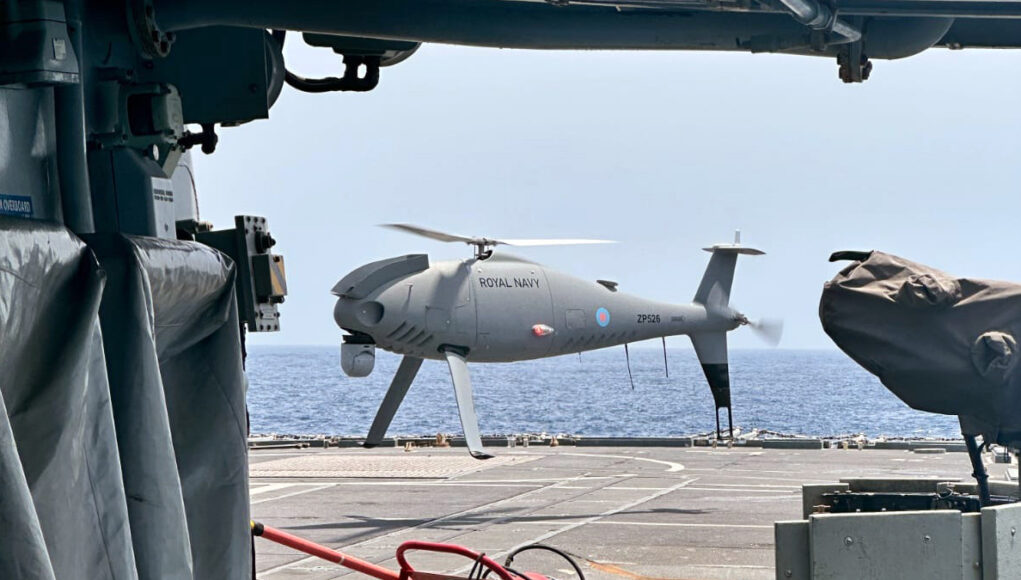
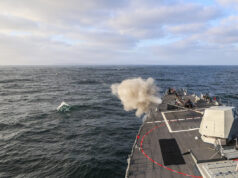
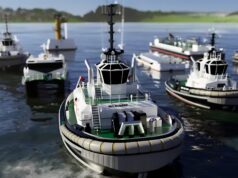
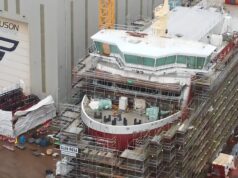
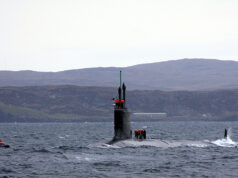
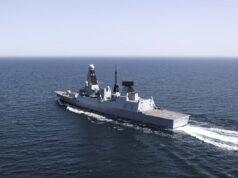

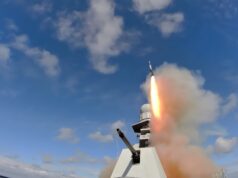
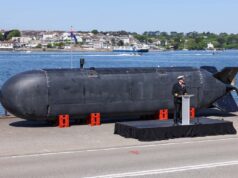
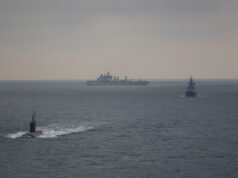
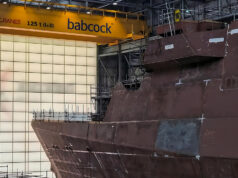

This is great news and a report we’ve been waiting for, for months. We still need to move Peregrine to Navy owned/run and get it out to the rest of the fleet at a more reasonable cost, but as the article says, it’s a start. Peregrine is a baby brother for the Proteus drone and the Navy needs to sort out training and operations for the smaller drone before the big one arrives. I think Proteus will be test flying this summer, and could realistically see its way into naval service within two or three years.
Amen should be standard kit now in all of our boats, especially rivers . Massive expansion of search horizon (visual or radar) and potential to upscale quick to also hold LMM/Martlet if there is a hot war anywhere giving some options.
Ops room officer or Air arm in control of flights, what I mean is ,is under control of normal Ops officers in the Ops rm or under fleet Air arm could cause a ruckass in the Wardroom just Jesting .As stated in this article an AB was interviewed, Can’t see a piece of equipment with a large monetary value being flown by an AB ,so who ?.
If a civilian can do it… why not a trained member of the navy….
Because we pay the civilians to do it and haven’t got a (publicly acknowledges) training programme for naval pilots as yet.
Admittedly I am a little out of date, but when we were using ScanEagle for similar tasking (from a T23 in the Gulf about 12yrs ago – which makes me feel very old!), it was flown by a Killick Airman from a dedicated terminal in the Ops Room under supervision of the duty PWO. I imagine this is a similar set up with the operations being handled by a team of Junior Rates from 700X NAS augmenting the Helo detachment and under the administration of the Flight Commander.
All assumptions of course, very much a Carrier Diva these days…
Um – new counter-drone system? huh?
Please correct me if I’m wrong but isn’t HMS Trent operating a Peregrine?
Puma (the little hand-thrown one, not the big helicopter).
Wernt they looking to have a tethered helicopter type drone on the rivers so they can stay up for like 12 hours?
Could be. They trialled Evolve Dynamics’ Sky Mantis drone on HMS Protector, and there’s a well developed tether for it. There was also a Navy-developed tethered quadcopter (Walrus rings a bell?) and reports of Malloy developing one too. However, I can’t think of any reports about them running tethered drones on the Rivers yet.
https://ukdefencejournal.org.uk/royal-navy-looking-for-tethered-un-crewed-air-systems/
This is what I might have been thinking about.
Just found an article from 2022 on here about the RN looking into tethered drones. That is probably what I was thinking about, I tried posting the link but the comment is awaiting moderation.
Headline is “Royal Navy looking for tethered un-crewed air systems”
It’s flown by military jot civilians and there is a training course
Could you expand on that please? What’s jot?
Sorry, I guess that’s “not”. So presumably it’s been handed to 700X NAS, who I know have been involved in the testing?
Yes it’s not…..
It was always flown by 700X personnel, assisted as required by civilian contractors for support
Ah yeah that’s the one. Still the Peregrine would be a great addition to the River B2’s and B1’s for that matter
Few phots on Navy Lookout, seems to be a military team with a few advising/assisting contractors.
All very impressive stuff.
AB Bradley Morris said he was proud to be part of the team, and teamwork is what it’s all about.
Brilliant image of the RM’s boarding a dhow.
Yes the corrupt Americas will tell you they are looking for drugs 🤣🤣this is horse poo the newly elected woke stupid trump is more corrupt than all the world leaders combined.
America is the leading cause of war, poverty, death, diseases and then burn ppls houses for the new agenda oh and all the severely fat wasters produced from all the poisones they feeding them then lie about our ancient past don’t get me wrong the TOOL STAMA and his merry men of Tools are just as corrupt as stupid Trump.
The corrupt muppet show that ensues us ppl need to wake up and stop believing coz if you don’t oh well you’ll find your own answers.
NASA, NOW THESE GUYS ARE PROPER BLAGGERS THEY GOT THE WORLD BELIVEING THEY SENT MAN TO THE MOON 🤣🤣🤣 WHAT A CROCK OFF WAKE UP PPL PLS